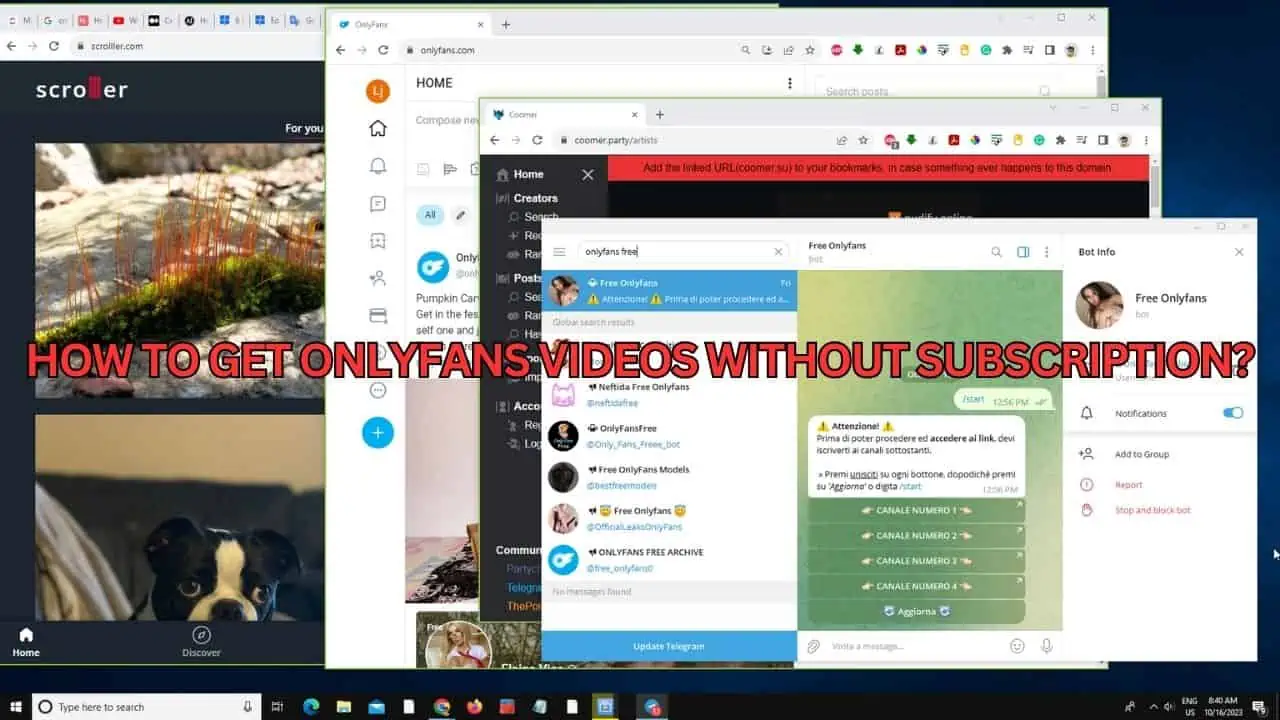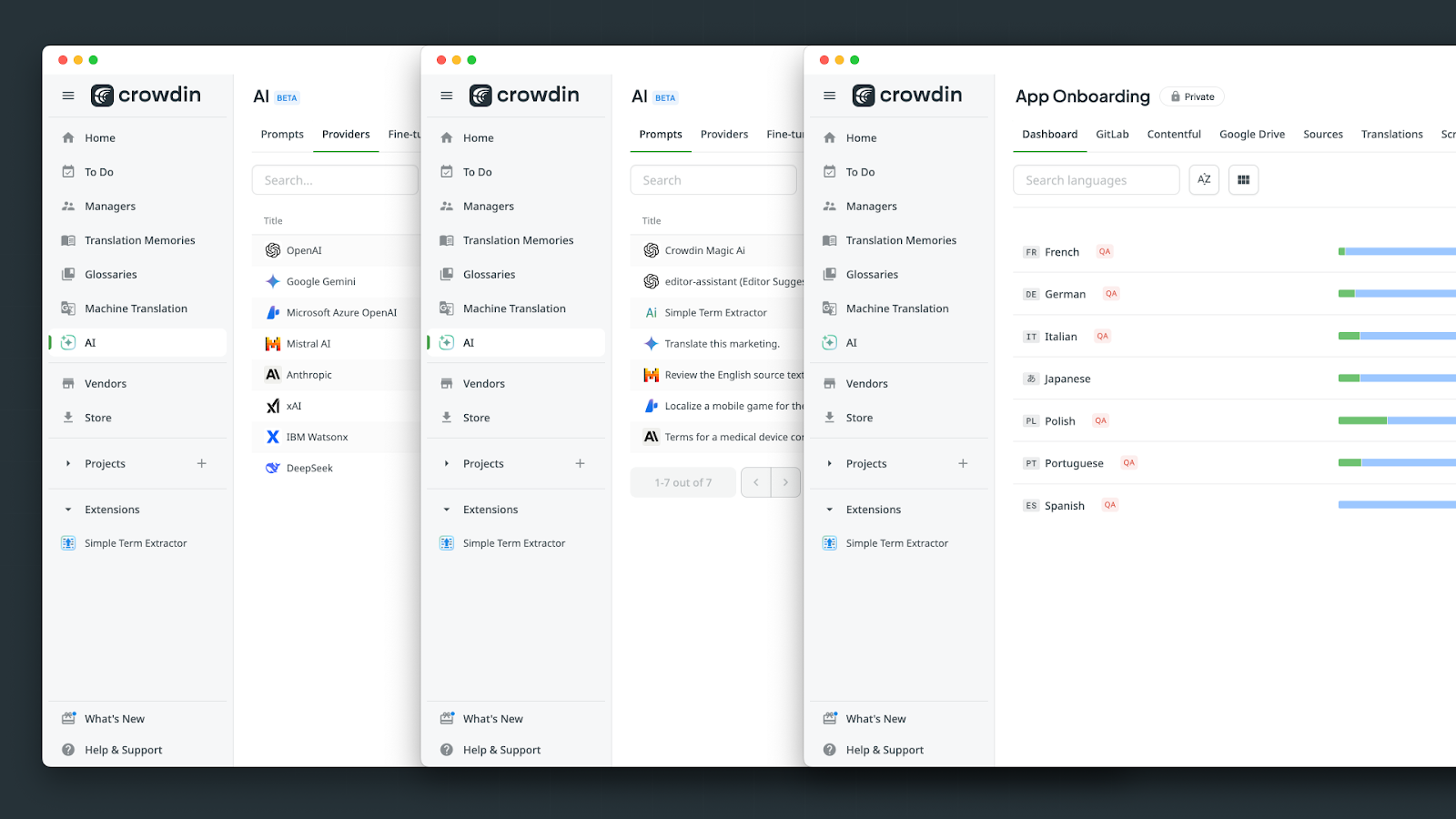Microsoft Talks About HTTP/2 Implementation In Internet Explorer Starting With The Windows 10 Technical Preview
2 min. read
Published on
Read our disclosure page to find out how can you help MSPoweruser sustain the editorial team Read more
Microsoft today detailed the HTTP/2 implementation built into the new Internet Explorer starting with the Windows 10 Technical Preview. HTTP/2 offers performance improvements in an increasingly real-time and mobile world.
So how is HTTP/2 different?
HTTP/2 delivers the Web page elements quicker and more efficiently, taking advantage of all the available bandwidth. With long-lived connections and multiplexing (the protocol’s ability to combine multiple requests on one connection), more web page items arrive sooner. Experimental HTTP/2 features such as server push and request dependencies could further improve web performance in the future.
What does this mean for developers?
HTTP/2 was designed from the beginning to be backwards-compatible with HTTP/1.1. That means developers of HTTP libraries don’t have to change APIs, and the developers who use those libraries won’t have to change their application code. This is a huge advantage: developers can move forward without spending months bringing previous efforts up to date.
What about networks? And security?
Fewer and less frequent connections also means that HTTP/2 will put less pressure on the network – and when you consider the scale of the web today, that could significantly increase the efficiency of networks, particularly mobile ones. Given HTTP/2’s efficient connection model, the performance impact of adding TLS to a site will be lessened, opening up the opportunity for more administrators to add TLS to their sites.
Read more on it from the link below.
Source: Internet Explorer blog









User forum
0 messages